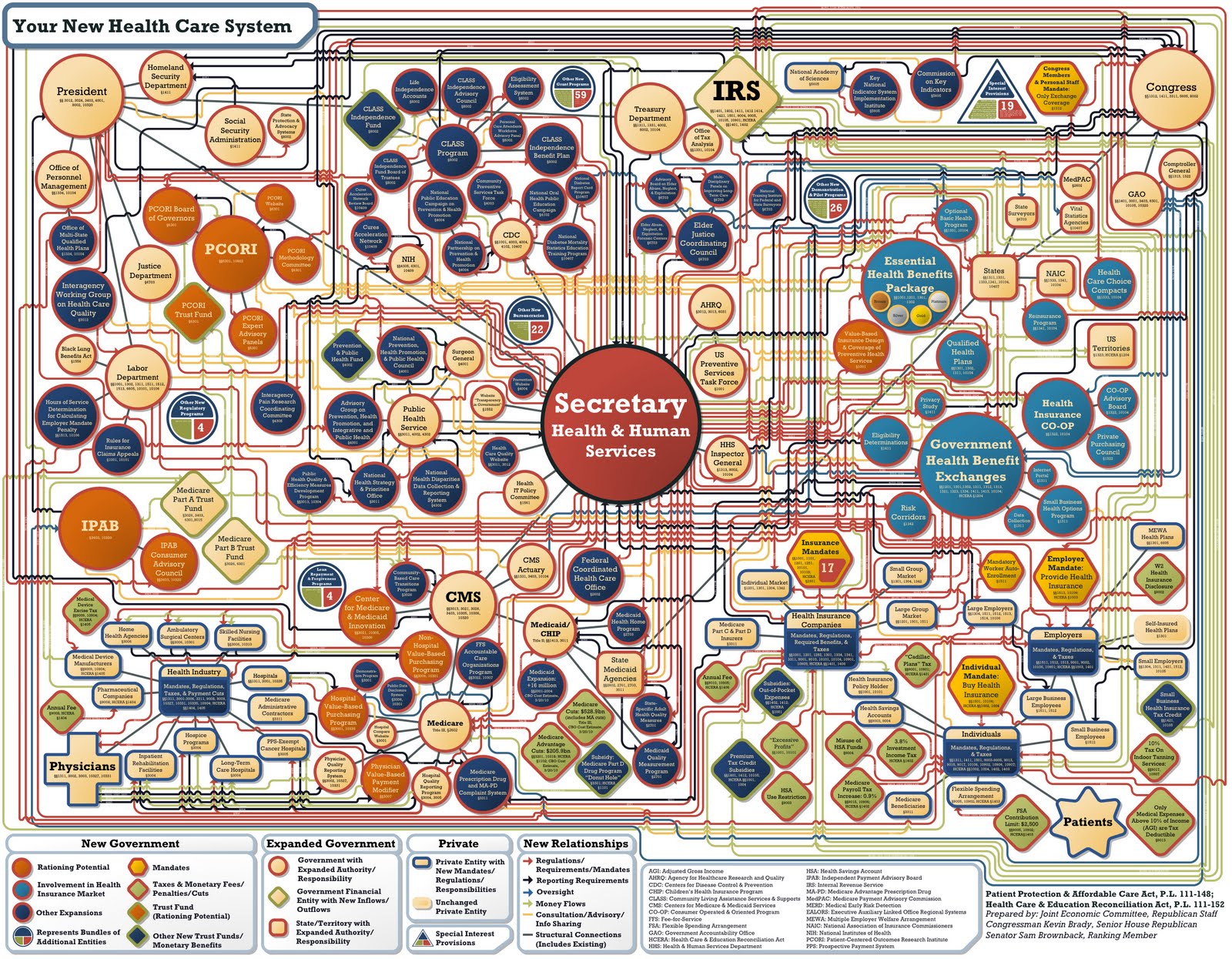The end of the year is fast approaching, and so is the window to get any last minute tax planning done. Please contact our office if you have any questions or need help implementing any of the following strategies. Enjoy your Holiday Season and best wishes for a prosperous 2015 !
Important dates
December 31 End of calendar year and the latest date for business purchases or charitable contributions that will be deductions on 2014 tax returns.
January 9 Sand’s Solutions Second Euchre Tournament to support the Oregon Food Bank. 7:00 pm till 10:00 pm at 3420 NE 41st Ave. RSVP to donnette@sandsolutions.com.
January 15 Fourth quarter estimated tax payments due for individuals. Prepay Oregon taxes by 12/31/14 for a 2014 tax deduction. See Standard Deduction and Bunching Itemized Deductions
RETIREMENT PLANS
A retirement plan needs regular care to keep it operating properly, including a review of the plan’s basic operations. A review might reveal that the plan is not:
- Covering the proper employees
- Providing employees the required information
- Depositing employee deferrals timely
- Following the terms of the plan documents.
See www.irs.gov/pub/irs-tege/rne_1014.pdf for a basic checklist to make sure you are in compliance.
S CORPORATIONS TREATING MEDICAL INSURANCE PREMIUMS AS WAGES
Health insurance premiums paid on behalf of a more than 2% shareholder-employee are deductible as wages by the S-Corporation. These benefits are not subject to Social Security, Medicare of Federal Unemployment taxes. This additional compensation is included in Box 1 (Wages) of the W-2.
A 2-percent shareholder-employee then may be eligible for a deduction for these premium payments on their personal return, thereby avoiding paying taxes altogether on this amount. Make sure to talk to your payroll service provider and ensure that this is reported correctly on your payroll reports to avoid an unnecessary tax bill!
TAX PLANNING STRATEGIES
Year-end planning will be more challenging than normal this year. Unless Congress acts, a number of popular deductions and credits expired and won’t be available for 2014. They may revive some or all of the favorable tax rules as they have in the past, but this remains to be seen.
Standard Deduction and Bunching Itemized Deductions: You are entitled to the greater of the standard deduction or your total itemized deductions for the year. If your itemized deductions are normally close to the standard deduction amounts, you may be able to get more benefit by “bunching” them into every other year. Charitable donations, real estate taxes, or state income taxes otherwise due in early 2015 are all good candidates for bunching, and by paying them by December 31st they would be eligible as a tax deduction in the current year.
Managing your Adjusted Gross Income (AGI): You will hear this term quite a bit during tax planning, as this is the figure that can drive the amount of deductions or credits that are phased-out by income limitations, as well as help to avoid or reduce the impact of the 3.8% net investment income tax.
- Increase “above the line” deductions, such as for an IRA or self-employed retirement plans.
- Consider an installment sale on the sale of property to shift income to future tax years.
- Delay billings so payments aren’t received until 2015 or accelerate paying certain expenses.
Check your Partnership and S Corporation Stock Basis: If you own an interest in a partnership or S corporation, your ability to deduct any losses is limited to your basis. Although any unused losses can be carried forward indefinitely, you may want to make a capital contribution, or in the case of an S Corporation make a shareholder loan, before year end to ensure your current year deduction.
Avoid the Hobby Loss Rules: A lot of businesses that just start out or have hit a bump in the road may wind up showing a loss for the year. The last thing a business owner wants in this situation is for the IRS to come knocking and argue that the losses aren’t deductible because the activity is just a hobby. Surprisingly, the IRS has been fairly successful recently in making this argument in tax court. If you are expecting a loss for the year, please contact us before year-end to make sure we do everything possible to maximize the tax benefit of the loss and minimize its economic impact.
These are just a few tax-saving ideas to get you started. As always, you can call on us to help you sort through the options and implement strategies that make sense for you.







